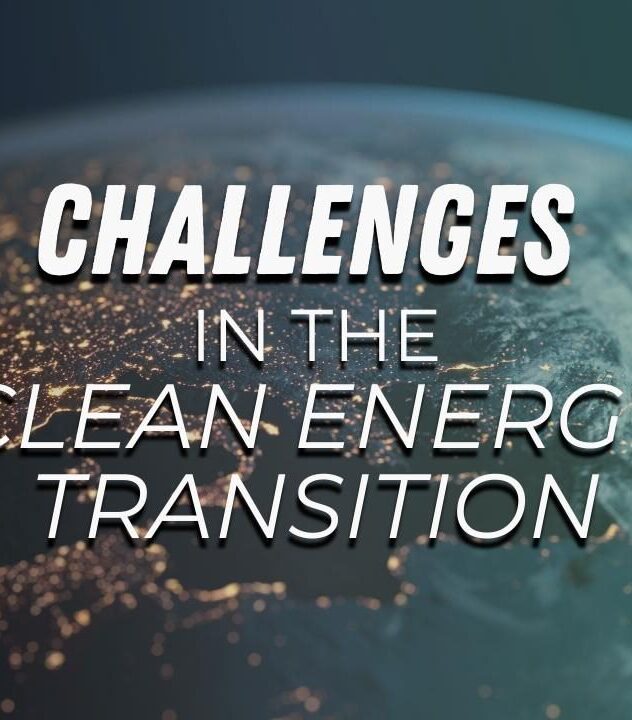
The 2030 Energy Shift: Insights into the Future Landscape
According to GlobalData Trends & Insights, the world will look very different by 2030, especially regarding the energy sector landscape.
The energy sector is changing faster than ever before, driven by a range of factors, such as delocalization, decarbonization, demographic shifts, and geopolitical tensions. And the changes are not slowing down anytime soon.
Renewables will continue to struggle to outpace the growth in energy consumption, which is going to reach 35 PWh in 2030 (today it’s around 27 PWh). The rising numbers in energy consumption are correlated to climate change, which will affect industries by increasing energy demand and consumption year by year.
However, with technological advancements, not everything is lost!
Fossil fuel mitigation strategies will also be in full swing to help those intensive energy consumers and industries. As we can see from the last few years, rising investor, consumer, and government pressure will continue to oblige companies to diversify their energy sources and decarbonize, mitigating the need for innovative technologies that can fulfill their energy needs while being affordable.
The consumption growth of renewables will be driven by economic and technological development. There will be $4.4 trillion (about $14,000 per person in the US) of investment in renewables until 2030, and renewables will provide 41% of global energy generation.
And let’s not forget about the battery industry, which will be worth $168 billion in 2030. The number is not surprising, especially if we consider all the recent fuss about hydrogen batteries (but let’s dive deeper into that later in our R&D blog!).
SCIVEN participated in the event Building The Future where different sectors debated about the future of the digital landscape. One topic unsurprisingly prevailed: artificial intelligence.
The key takeaway was the need for AI + human cooperation, with an emphasis on the +
The perspective should be looking at AI as a tool for human tasks and needs, not as a replacement. We are pivotal for the tech to work as guides and decision-makers.
But how does that AI digital transformation correlate with the new energy landscape?
AI, along with IoT networks and quantum computing, is predicted to transform energy management systems in the next decade.
AI-Based Energy Management is transforming the renewable energy sector. By implementing AI, we can achieve more efficient resource management, enhanced failure prevention, and refined predictive analytics. Predictive AI is particularly crucial, offering energy security through a better understanding of sector fluctuations and reducing the risk of unexpected equipment failures.
With SCIVEN.. the future is today!
Learn more about how our technology incorporates AI-based energy management and can change the overall energy landscape.
Answering the #EngineeringTriviaThursday Question on Linkedin:
The distinction between ‘Available Energy’ and ‘Availability’ in energy systems primarily lies in system boundaries.
Available energy refers to the energy within a system that is ready for conversion into work, factoring out the portion that is not usable due to entropy or other limitations.
In contrast, ‘Availability’ encompasses the concept of available energy but extends to include system boundaries and environmental factors. It’s not solely about the energy itself but its potential utility, considering the limitations and possibilities offered by the system and its surroundings.






Leave a Reply